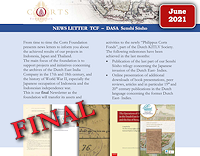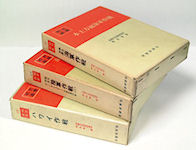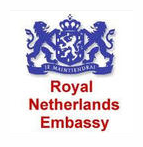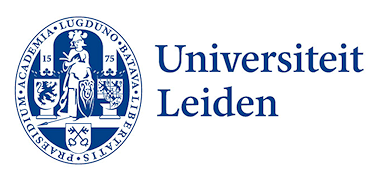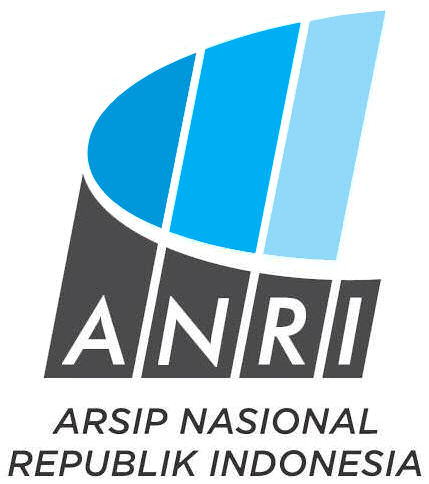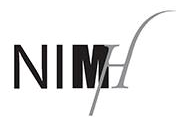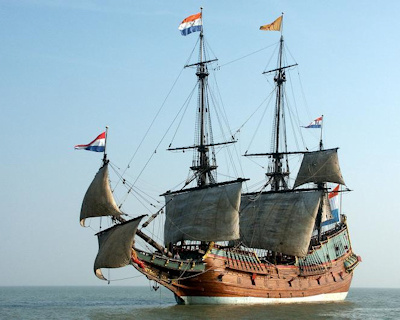 The Indonesian VOC archives hold thousands of references on the shipping of the 17th and 18th century. It provides insight into a part of the world wide maritime network of trading posts, and can be studied by using large data sets that can be distilled from historical manuscripts.
The Indonesian VOC archives hold thousands of references on the shipping of the 17th and 18th century. It provides insight into a part of the world wide maritime network of trading posts, and can be studied by using large data sets that can be distilled from historical manuscripts.
The daily journals of the Castle of Batavia is part of the VOC archives of the National Archives of Indonesia (ANRI) in Jakarta, Indonesia. These daily journals have been scanned a few years ago and published online by the Corts Foundation and ANRI. The 117.390 marginalia of these manuscripts have been collected by senior archivist Dr. Mona Lohanda and eventually brought together in a digital document, that became the base of the online database providing a secundary entry to the scans.
The marginalia are short sentences, in the margin of the page, that summarize the adjacent text. Some of these marginalia contain names of persons, places or ships. They form separate indexes and thus access entries to the tens of thousands of marginalia (see the website of sejarah-nusantara>>).

It is not only the large ships that sailed between Batavia and Holland with big cargo's of spices, porcelain, textiles and other goods that were mentioned in the marginalia. Also thousands of other ships sailing between Batavia and numerous places in Asia, Arabia, India and many other countries were mentioned. More than 7500 ships of all kind and size and nationality.
Filtering the marginalia on ship names result in a new dataset with 37.434 records. These records clear up the many ship movements, and also cargo lists, correspondence, sales and several shipwrecks and disasters.The new dataset is freely downloadable and available for further scientific research (Excel download here>>).
For the first time this selection of 'ship' marginalia is extended with an indication that the ship is arriving to Batavia or departing from it. This indication has been derived and based upon several key words that can be regarded as typical in the identification of the ship movement. Old Dutch words like 'naer', 'uyt', 'alhier', 'rheede', and many other words. Despite the fact that 82% of the marginalia has a concrete indication of a ship movement between two places, still about 18% is uncertain. In these cases it is not clear if the ship is arriving or departing, or it is not about any ship movement at all. Additional resarch can maybe lower this percentage in future by studying the full text for the marginalium (and possibly the texts before or after).

When we visualize the total number of arriving and departing ships chronologically in time (see graph) then we notice especially its continuity. Also when we detail this for example for Ambon as destination. These graphs already raise many new questions. Why are some of the years missing from the data? Is there any development and change in the destinations of ships in the international shipping and trade? Which products came from where?
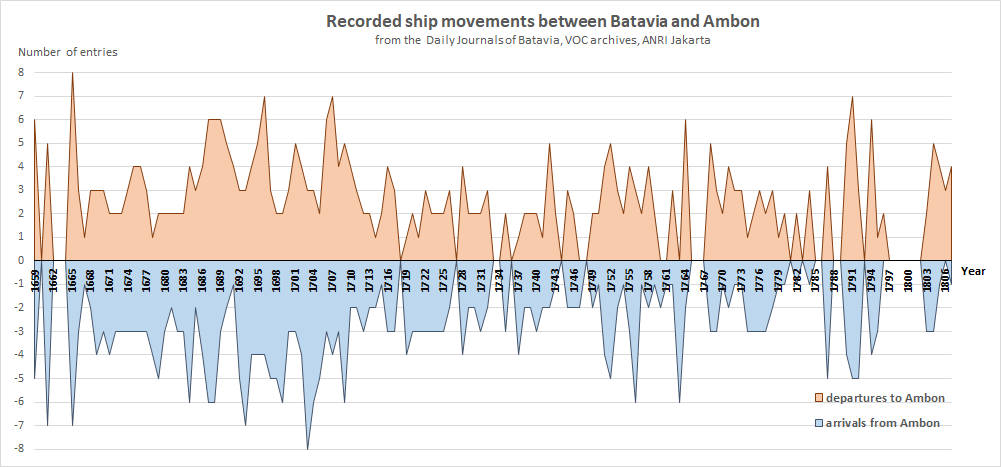
The freely available and downloadable dataset (see Excel download hier>>) can support historical research of the early modern history of Southeast Asia. It is only one example of the potential value of the immense amount of data hidden in the archival sources.
Author: Marco D.P. Roling MA, November 2019

 English
English  Nederlands
Nederlands 
